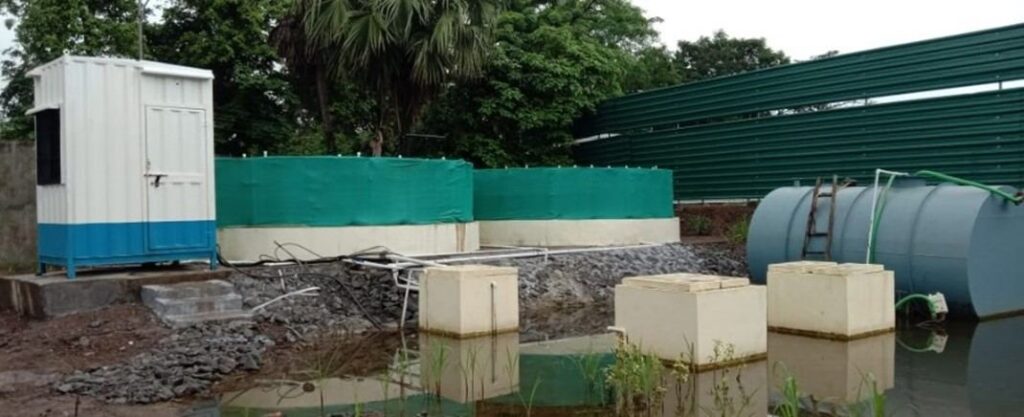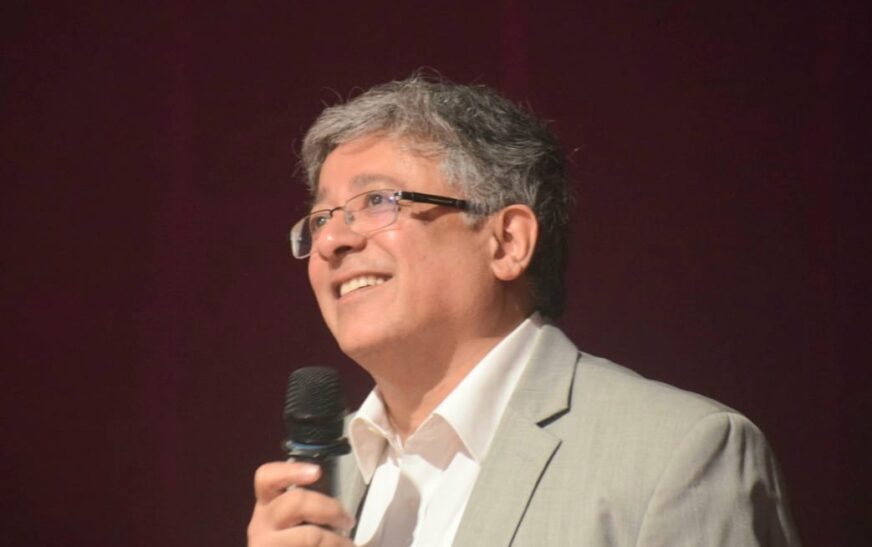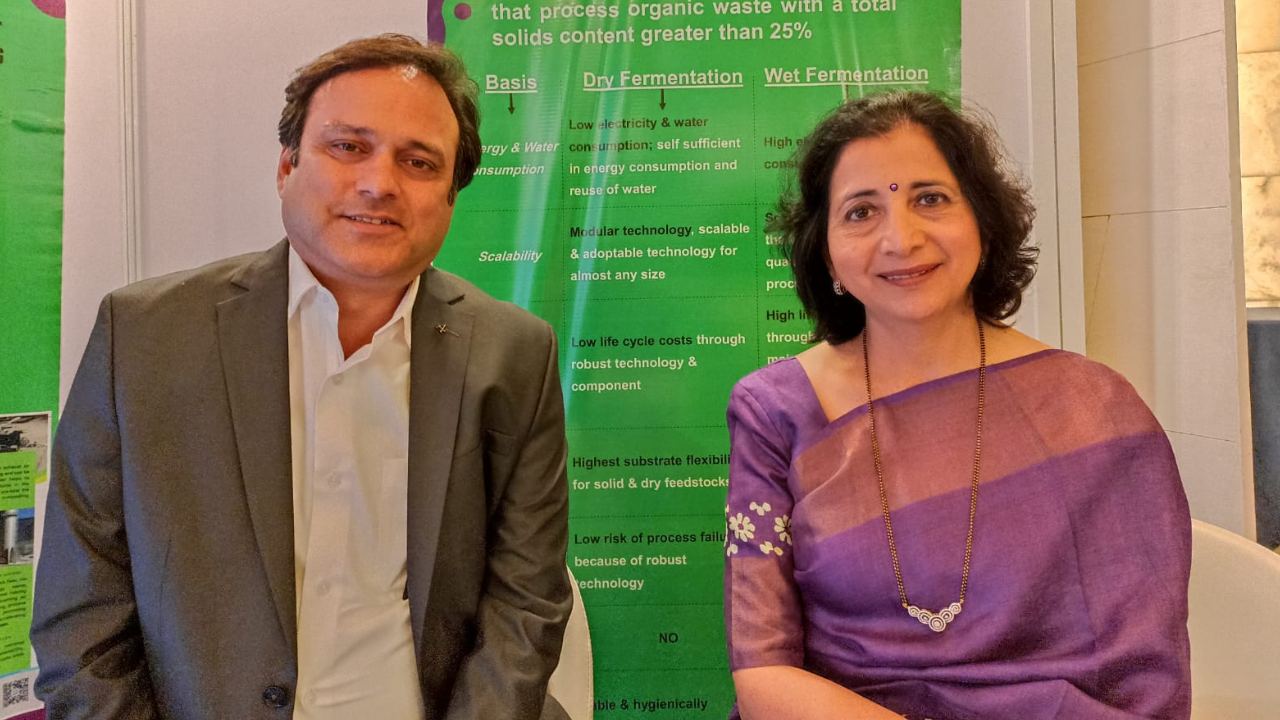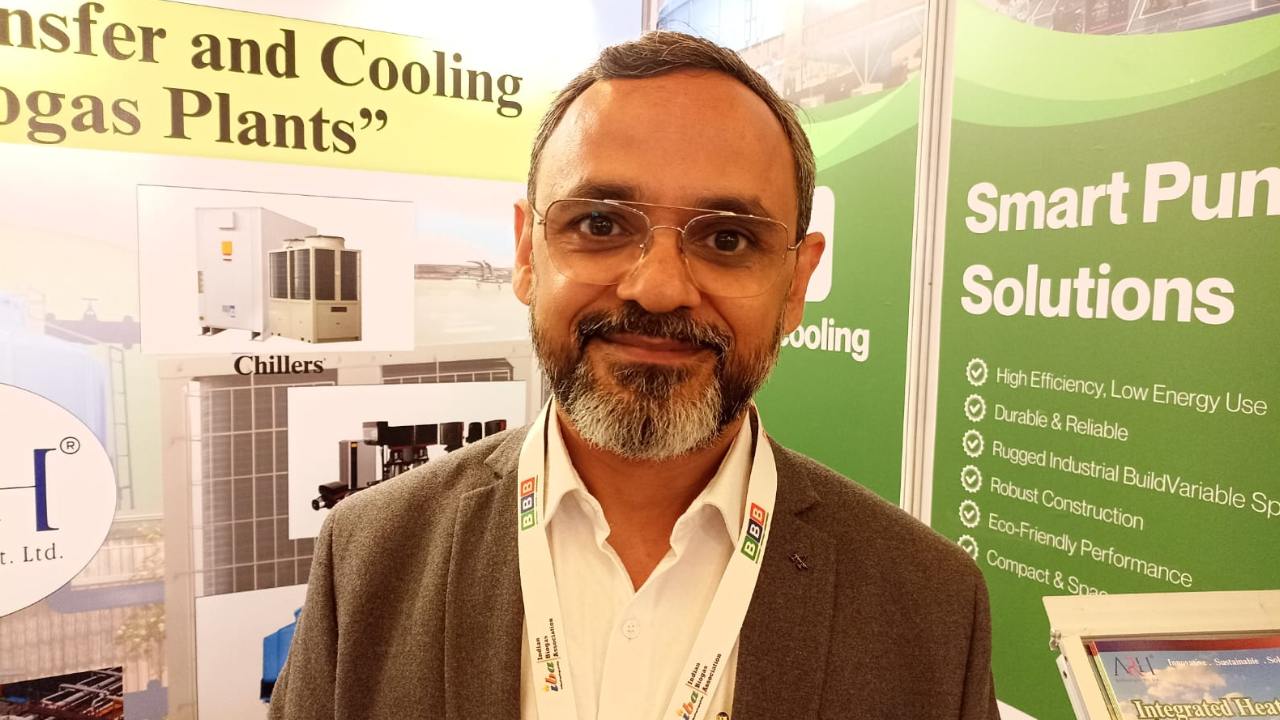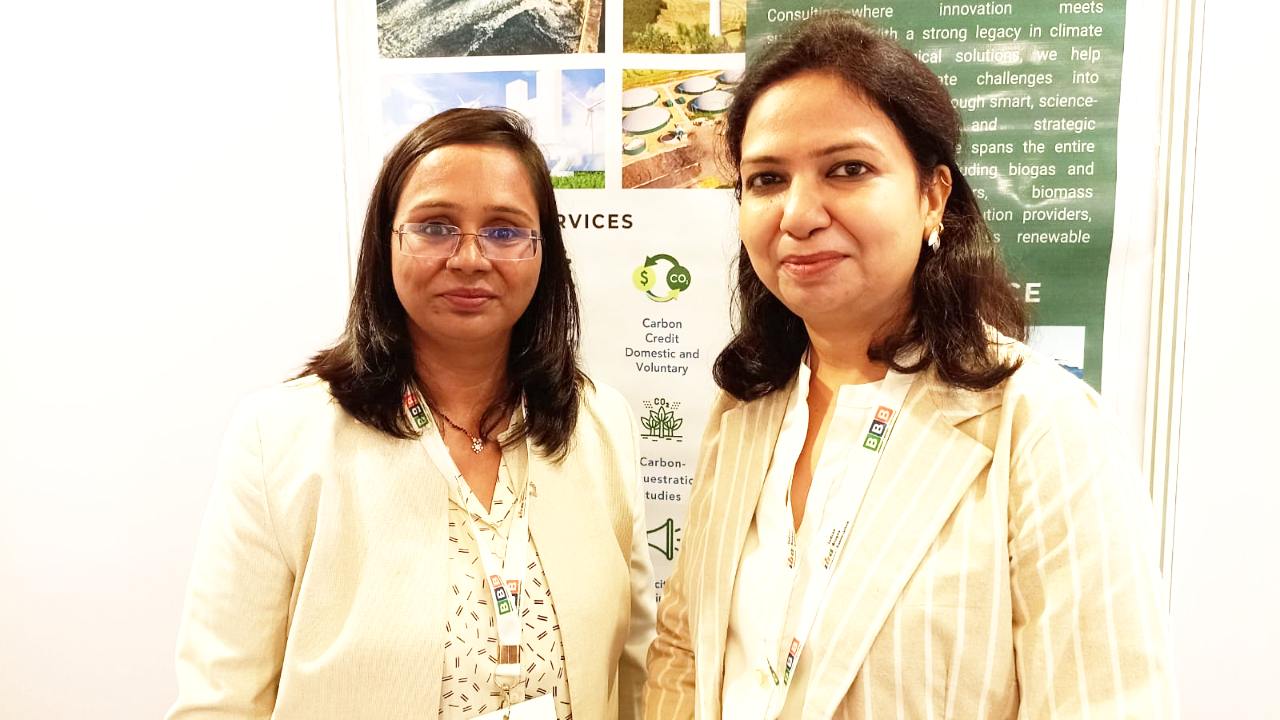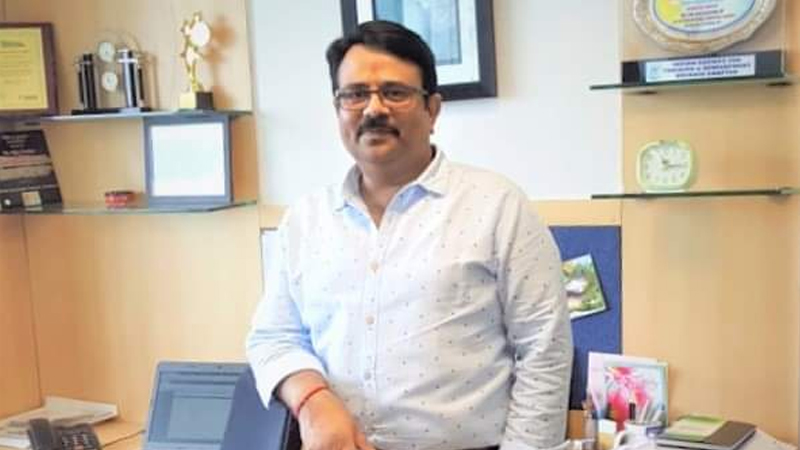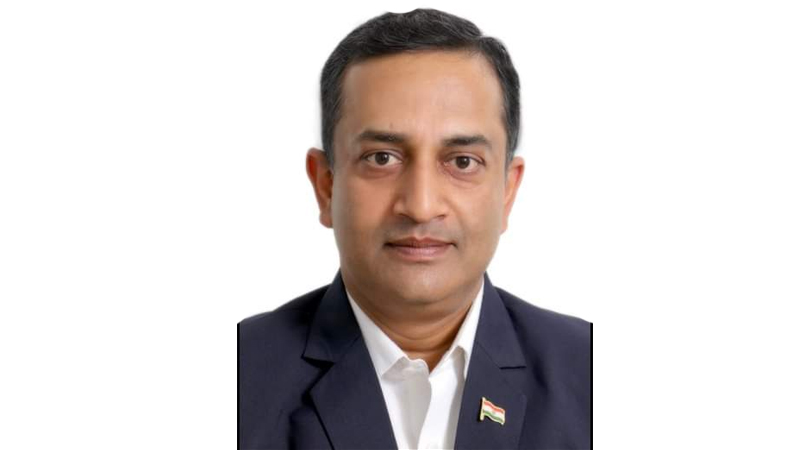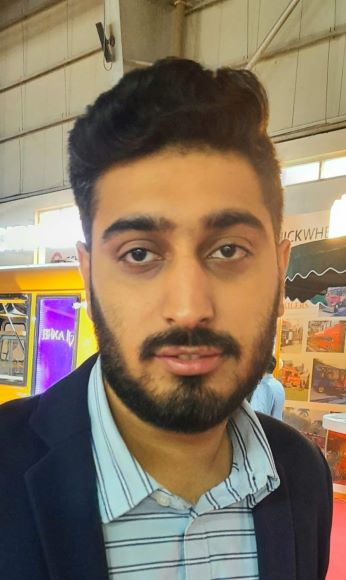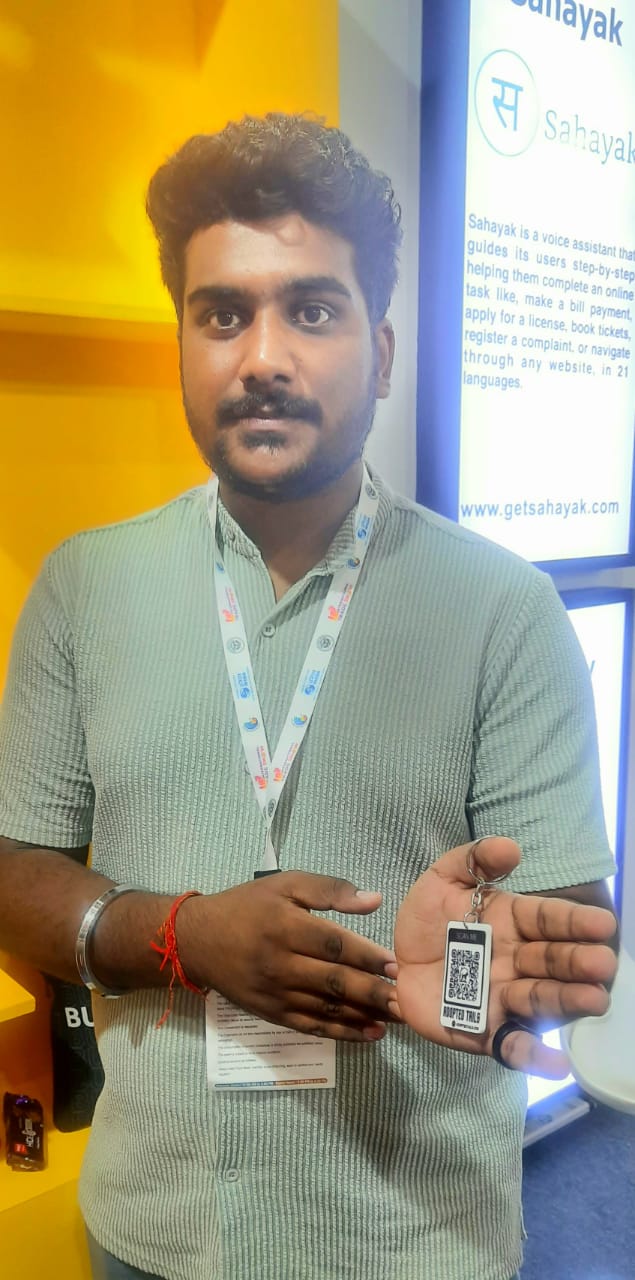Clearford India Private Limited, founded in 2012, operates as a subsidiary of Clearford Water Systems Inc., delivering cutting-edge water and wastewater infrastructure solutions across India. With its headquarters in Pune and regional offices in Ahmedabad and Chennai, the company spearheads the deployment of its proprietary Clearford One™ technology nationwide. This decentralized sewage system directly tackles the persistent challenges of water scarcity and unreliable electricity—realities in many Indian communities.
The Clearford One™ system integrates three core components: ClearDigest Smart Digester tanks, a sealed HDPE piping network (ClearConvey), and the ClearRecover sewage treatment plant. Together, they enable effective sewage treatment and promote water reuse, particularly for irrigation. To overcome social barriers and improve adoption, Clearford also integrates private sanitation facilities such as toilets and showers—an essential step in ensuring dignity and hygiene.
The company tailors its solutions for a wide range of applications, from residential townships and urban centers to rural villages, resorts, educational campuses, and small towns. Its mission remains bold and clear: to bring sustainable sanitation infrastructure to the nearly 600 million Indians still lacking access to improved facilities.
In an exclusive conversation with The Interview World, Sanjay Deshpande, Executive Director of Clearford India Pvt. Ltd., offers a deep dive into the company’s technological innovations. He outlines the major operational challenges of implementing sanitation systems across diverse regions, showcases cost-effective infrastructure models built specifically for rural India, and highlights compelling success stories. He also discusses Clearford’s international presence, previews upcoming innovations, and shares his long-term vision for transforming sanitation in India and beyond.
Here are the key takeaways from this insightful and forward-looking discussion.
Q: Clearford India has implemented some remarkable decentralized sanitation projects across India. What inspired your approach to developing the Clearford One™ system, and how does it differ from conventional sewage systems?
A: In addressing the complexities of sewage treatment in India, we identified two fundamental challenges: insufficient water supply and the high cost of operation and maintenance (O&M). These issues have long hindered the implementation of effective and sustainable sanitation systems, especially in rural and semi-urban areas.
Water supply remains a critical barrier. Flushing conventional sewer lines requires approximately 135 liters of water per person per day. However, most Indian communities outside major cities receive only 50 to 90 liters daily. This disparity leads to frequent sewer blockages. Engineers often try to mitigate this by steepening pipe slopes, but that demands deeper trenches—an impractical solution in densely populated areas with narrow, organically developed lanes.
The second hurdle, operation and maintenance, is equally pressing. The market is saturated with diverse sewage treatment technologies, which, while innovative, create fragmentation. Tender-based procurement often results in multiple incompatible STP technologies within a single jurisdiction. This inflates O&M costs and demands operator-specific training, which becomes unsustainable when staff rotate or transfer. Consequently, only large municipalities and industries can afford reliable systems.
To counter these challenges, we developed a low-O&M, nature-based solution tailored for the Indian context. Our approach combines two proven technologies: the Clearford One™ decentralized sewer network from Canada and the VEC CAMUS STP, developed at IIT Bombay. Both systems minimize mechanical components and eliminate chemical usage—dramatically reducing failure points and long-term costs.
Clearford One™ uses anaerobic bio-digesters distributed across communities. These digesters receive all household wastewater and rely solely on head pressure to create gentle mixing—requiring no electricity. Anaerobic bacteria efficiently digest organic matter, while solids such as plastics and silt remain trapped inside. This design eliminates the need to transport solids to STPs and slashes water requirements.
Installed across India since 2015, our digesters have proven their longevity. Even after eight years, the oldest units contain just 10–15 cm of sludge in 1.5-meter-deep tanks, eliminating the need for frequent emptying—unlike traditional septic tanks.
The remaining liquid flows through a sealed, shallow-gradient pipe network to our CAMUS STP. Because the wastewater is already solid-free, the system avoids manholes and deep trenches. The STP itself—chemical-free and low-maintenance—delivers high-quality treatment without bar screens, sludge handling, or equalization tanks.
Together, this integrated system reduces O&M costs by up to 70%, offering a scalable, sustainable solution for India’s sanitation crisis.
Q: From Jambudiyapura in Gujarat to Ghoramara in Assam, Clearford’s projects span diverse geographies. What are the key operational and cultural challenges you’ve faced in implementing sanitation infrastructure in such varied regions?
A: Our biggest challenge has been persuading people to adopt a new approach—and more importantly, to take ownership and operate the system as instructed.
In industrial and institutional settings, this process is relatively smoother. The promise of significant annual O&M savings draws them in, creating a clear incentive to comply. However, in government-led and rural projects, resistance is more deeply rooted and takes longer to overcome.
Rural areas, in particular, present two persistent obstacles: finding a dedicated group willing to be trained for post-installation operation, and navigating the entrenched realities of caste. Despite these hurdles, we’ve consistently found that young men and women demonstrate the highest sense of responsibility and willingness to engage. Around them, we often form sanitation committees to ensure the system’s sustainability. Yet caste continues to be a formidable barrier. We’ve had to reroute pipeline networks multiple times due to objections over sewage lines passing near or through land owned by certain caste groups. Remarkably, this resistance cuts across the entire caste hierarchy—no group is immune to it.
Urban and semi-urban areas come with their own complexities. Chief among them is the Tender system. While it’s often touted as neutral, the reality is quite different. Initial designs and Bills of Quantity (BOQs) are typically created by consultants, locking in preferences for specific technologies even before bidding begins. To counter this bias, we’ve invested significant effort in advocating for neutral tenders—ones that simply define the area to be serviced and the quality of treated water to be delivered, without mandating specific technologies. This remains an uphill battle.
As a result, we’ve strategically shifted our focus to the rural and private sectors, where there is greater openness to innovation and a clearer path to implementation.
Q: Could you shed light on how Clearford India aligns its sanitation solutions with CSR initiatives, and what kind of impact you’ve seen in villages or schools as a result of these partnerships?
A: “Impact” is a powerful term—rich in both tangible outcomes and intangible transformations. In wastewater treatment, we measure impact in litres recycled, beneficiaries reached, and, where data allows, reductions in waterborne illness. But the deeper effects often defy statistics.
Our first Indian project in Jambudiyapura Village, funded through IL&FS’s Nalanda Foundation, illustrates this well. The foundation chose us after testing other technologies because our solution relied on community participation rather than individual responsibility. In rural contexts, this distinction matters. Panchayats effectively manage shared infrastructure, and centralized systems avoid the challenge of changing household behavior.
Before our intervention, every household in the village reported monthly cases of waterborne illness. After installation, that dropped to an average of one case per year across the entire village. That’s measurable impact.
We also learned vital lessons by listening. When women asked for bathrooms in addition to toilets, we asked why. Their response was telling: for toilets, they left the village and used the bushes; for bathing, flimsy cloth screens in public spaces offered little privacy. Their dignity demanded more. From then on, we designed with their voices in mind.
Intangible benefits followed. High-quality construction gave residents a sense of pride, encouraging long-term upkeep. Ripple effects—like improved school attendance and reduced healthcare costs—emerged quietly but powerfully.
One moment stands out. In 2017, during a government conference in Gandhinagar, women sarpanches visited the village. They were visibly moved and even requested to use the spotless village toilets before heading back. The pride on the villagers’ faces spoke volumes.
Ultimately, pride—more than any other factor—drives ownership and sustainability. And in community-driven CSR, that’s the kind of impact that endures.
Q: Your projects with the Indian Army, such as in Lucknow Cantonment and Averipatti Base, suggest high confidence in your systems. What lessons have you learned from working with such institutional clients?
A: The most valuable lesson we’ve learned from working with numerous institutional clients is this: every organization has its own systems and processes. We can’t change them. Instead, we must adapt and operate within their frameworks.
However, the real challenges often surface too late—after decisions are made or actions are taken. By then, it’s not just inconvenient; it’s disheartening. At times, it even makes us question whether the project was worth undertaking.
Paradoxically, the Armed Forces tend to be more straightforward than private institutions. They bring clarity, precision, and a results-driven mindset to the table. They know exactly what they want—and that makes all the difference.
Q: As Clearford expands its presence beyond India into regions like Nepal, Mauritius, and Ethiopia, what factors do you consider when replicating your model in international markets?
A: Executing projects outside India begins with one critical requirement: a capable local partner. This partner must deeply understand the country’s context, possess the ability to execute effectively on the ground, and provide accurate cost assessments.
Attempting to manage such projects remotely from India isn’t just inefficient—it’s financially unsustainable. More importantly, it sets the stage for failure. The challenges are too complex, and the unknowns too many, to anticipate from a distance.
Local regulations—especially those governing wastewater collection, treatment, and legal compliance—add another layer of complexity. Once again, this underscores the indispensable value of having a trusted, knowledgeable partner on the ground.
Q: Sewage infrastructure is often seen as capital-intensive. How does Clearford make its model both cost-effective and scalable for small villages and urban settlements alike?
A: During the COVID pandemic, we made a strategic shift: we began sourcing all our imported components locally—embracing the “Make in India” initiative. This move helped us maintain cost control.
However, the key takeaway is understanding our limits. Not every project aligns with our capabilities, and attempting to force a fit can lead to dissatisfaction for both Clearford and the client. It’s far better to decline a project upfront, which we do frequently, particularly in urban areas.
Q: What role does innovation—particularly in design, materials (like HDPE), and energy efficiency—play in maintaining Clearford’s edge in the decentralized wastewater treatment market?
A: While we continually strive to innovate and enhance our offerings, we’ve observed a notable trend in recent years. Many private clients are increasingly drawn to us due to our low power consumption and chemical-free solutions, as these align with their ESG targets.
Additionally, we prioritize using the highest-quality products available within the client’s budget. This commitment not only meets immediate needs but also ensures long-term value.
Q: Looking ahead, what is your strategic vision for Clearford India over the next five years in terms of growth, partnerships, and contribution to India’s sanitation goals under Swachh Bharat and beyond?
A: As we expand and undertake larger projects, the need for capable partners becomes crucial. We require collaborators with the necessary qualifications and financial stability to handle such scale. This is a process we are actively navigating, carefully seeking partners that are the right fit for both parties.
Regarding Swachh Bharat, I have always viewed it as an excellent first step. The initiative to build toilets and eliminate open defecation was vital. However, we must remember that it was just that—a beginning.
Today, with the goal of delivering treated piped water to every home, we face a potential crisis in the near future unless we also implement proper sewage systems in villages. The problem lies in the way the toilets built under Swachh Bharat are connected to soak pits. While solids in these pits are treated over time, the liquid waste seeps untreated into the ground. With the introduction of piped water, more untreated wastewater will infiltrate the soil, risking contamination of local wells and ponds.
We must act now to prevent undoing all that we’ve accomplished. Once water is contaminated, it becomes incredibly difficult—if not impossible—to treat.
